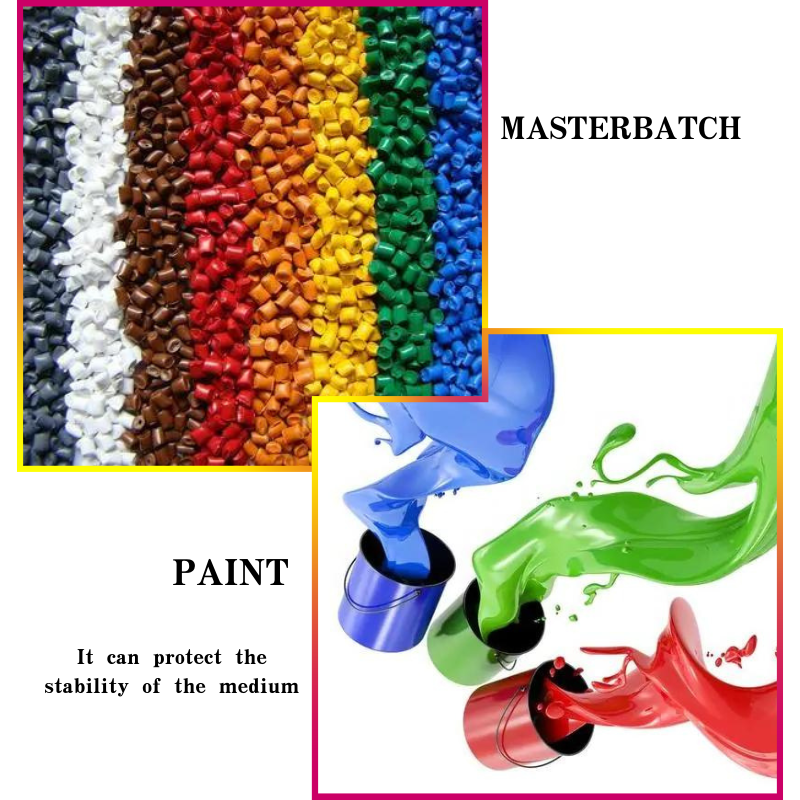
Properties and Applications of Aluminium Oxide Grain Materials in Various Industries
Aluminium Oxide Grains Versatile Materials for Modern Applications
Aluminium oxide grains, also known as alumina, are a series of chemical compounds made entirely of aluminium and oxygen. These grains have garnered attention and popularity in various industries due to their unique properties, which include high hardness, excellent thermal stability, and resistance to corrosion. As a result, they serve a multitude of applications, ranging from abrasive materials to technological advancements.
One of the most notable uses of aluminium oxide grains is in the production of abrasives. These grains are processed into various sizes and shapes to create grinding wheels, sandpapers, and polishing compounds. The hardness of aluminium oxide makes it an ideal material for cutting, grinding, and finishing a variety of surfaces, including metals, wood, and plastics. These abrasive materials are essential for manufacturing and construction industries, where precision and surface quality are paramount.
In addition to their use in abrasives, aluminium oxide grains are crucial in the ceramics industry. Their remarkable thermal properties make them suitable for high-temperature applications. Alumina ceramics are utilized in electrical insulators, cutting tools, and even in aerospace technologies. The ability of aluminium oxide to withstand extreme conditions makes it invaluable in environments where durability and resilience are critical.
aluminium oxide grains

Moreover, aluminium oxide functions as a reliable material in the field of electronics. It is commonly used as a substrate in semiconductor devices due to its excellent dielectric properties. The growing demand for miniaturized electronic components has increased the importance of alumina in the tech industry. By serving as an insulating layer, aluminium oxide grains help prevent electrical shorts and improve the performance of electronic devices.
Environmental considerations have also led to the increased interest in aluminium oxide grains. Recycling processes utilize these grains in the conversion of waste materials, thus contributing to sustainable practices. The reusability of aluminium oxide not only reduces the demand for raw materials but also minimizes environmental impact.
Furthermore, research and innovation continue to enhance the properties and applications of aluminium oxide grains. Coating technologies involving alumina can create surfaces with enhanced characteristics, such as increased wear resistance and improved aesthetics. Innovations in nanotechnology have even paved the way for the development of advanced materials that incorporate aluminium oxide in novel ways.
In summary, aluminium oxide grains have proven their versatility and importance across a range of industries. Their unique properties, coupled with ongoing research and development, ensure that they will remain a vital material in both traditional and emerging applications. As technology continues to advance, the role of aluminium oxide in driving innovation and sustainability will undoubtedly expand, solidifying its place as a cornerstone of modern materials science.
Share
-
Premium Pigment Supplier Custom Solutions & Bulk OrdersNewsMay.30,2025
-
Top China Slag Fly Ash Manufacturer OEM Factory SolutionsNewsMay.30,2025
-
Natural Lava Rock & Pumice for Landscaping Durable Volcanic SolutionsNewsMay.30,2025
-
Custom Micro Silica Fume Powder Manufacturers High-Purity SolutionsNewsMay.29,2025
-
Custom Mica Powder Pigment Manufacturers Vibrant Colors & Bulk OrdersNewsMay.29,2025
-
Custom Micro Silica Fume Powder Manufacturers Premium QualityNewsMay.29,2025






